Residents of Limassol have probably complained more than once about the lack of an airport near the city. However, this was not always the case. During World War II and shortly thereafter, a military airfield operated in the area that is now the Agios Spyridonas district. If history had taken a slightly different turn, it could have become an international hub.
Where was Limassol Airport located?
The British built the airport in the fields northwest of the city limits at the time. The runway began at the current Provita factory on Vasileos Pavlou Street and crossed the current Omonias Avenue (which did not exist at the time), as well as Miltonos Street. It ended approximately at the current Sklavenitis supermarket (formerly the central warehouses of the Lanitis company). In other words, the runway ran roughly along the current Paphos Street.
Most of the land in this area belonged to two people: Ioannis Xenis, the mukhtar of the Zakaki district, and a Limassol resident named Themistos, who, according to sources, did not have a surname. His profession as a dikastis, or judge, served as his surname. South of the runway, up to the border of the Zakaki district, there were hangars for military aircraft. The hangars were made of brick and covered with earth on the outside for camouflage.
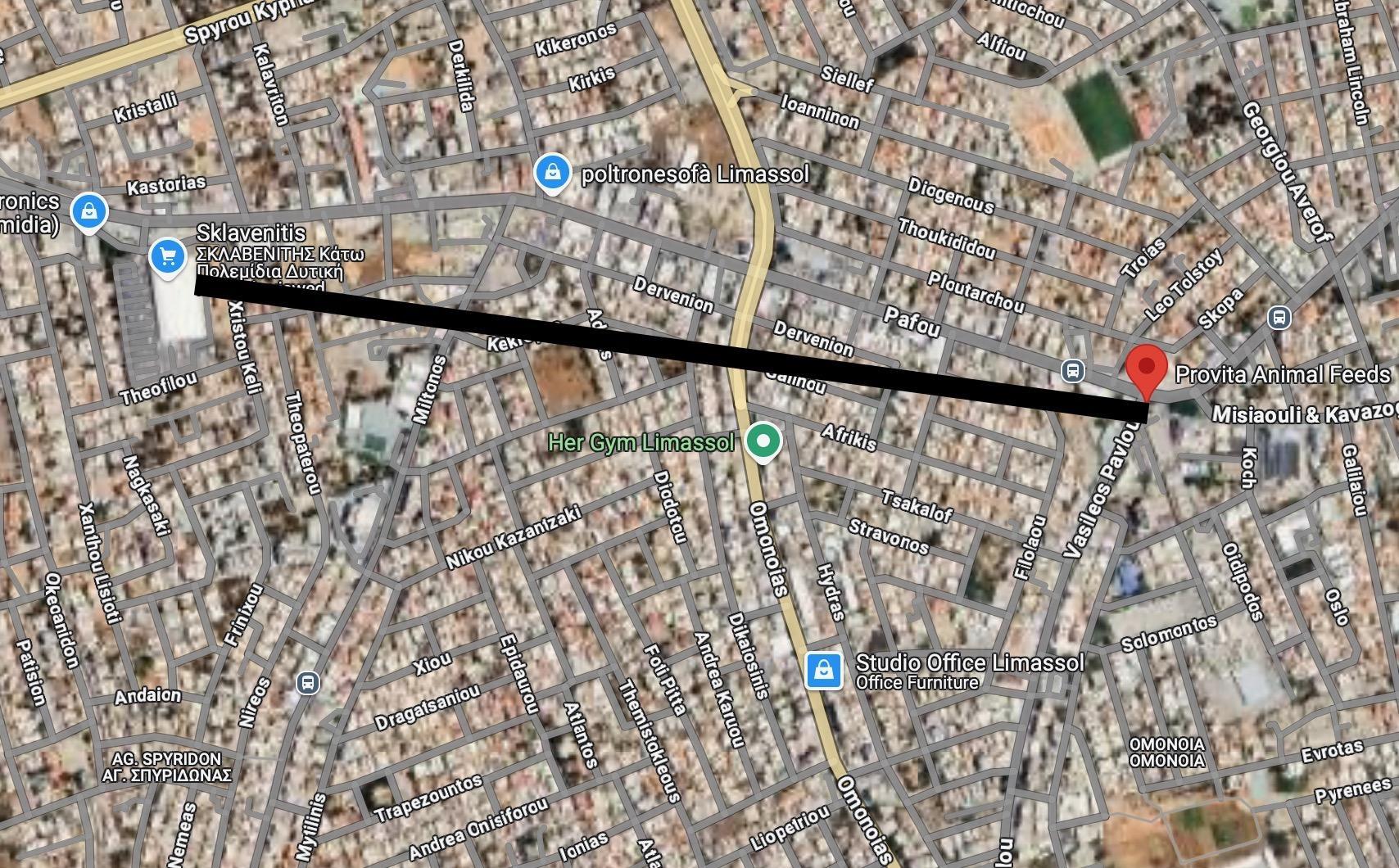
Why did Limassol need a military airfield?
Limassol Airport began operating in 1939, in the early months of World War II. The need for infrastructure for military aircraft was due to the presence of Allied military camps in Palestine and Egypt. Fighter jets based in southern Cyprus were tasked with guarding the air corridors and sea lanes, clearing them of German military forces. Cyprus itself also needed protection. Bunker fortifications were built around the airport in case of a German landing.
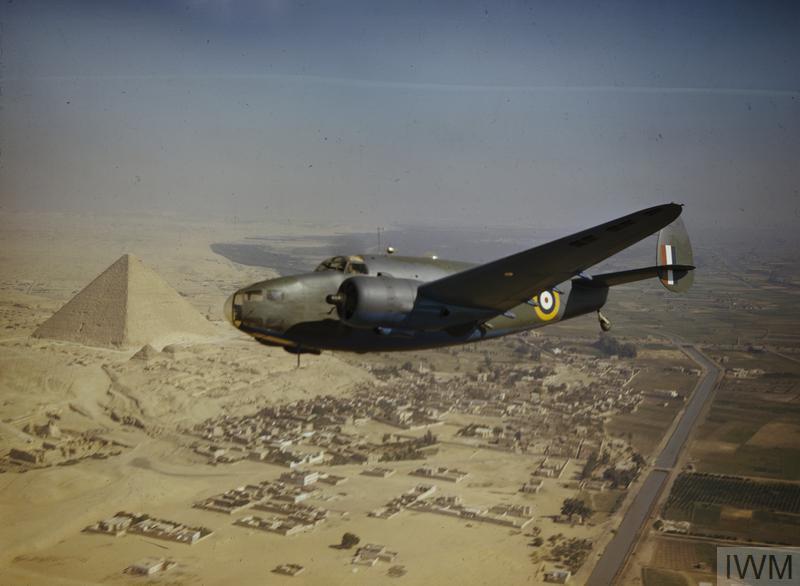
How local residents were involved in the construction?
At the direction of the British command, local residents created artificial bumps in the surrounding fields to prevent enemy aircraft from landing. The British administration hired unemployed Cypriots to perform this physical labor for a small fee. The quality of this work was often subpar because its main purpose was to keep the local population busy.
Limassol Airport was used throughout World War II and afterward until 1948. At that time, the decision was made to build a military airfield on the Akrotiri Peninsula, which is still in use today. The need for the Limassol airfield disappeared after that, and the fields were returned to the local residents. For a long time, Limassol driving schools used the runway as a training ground.
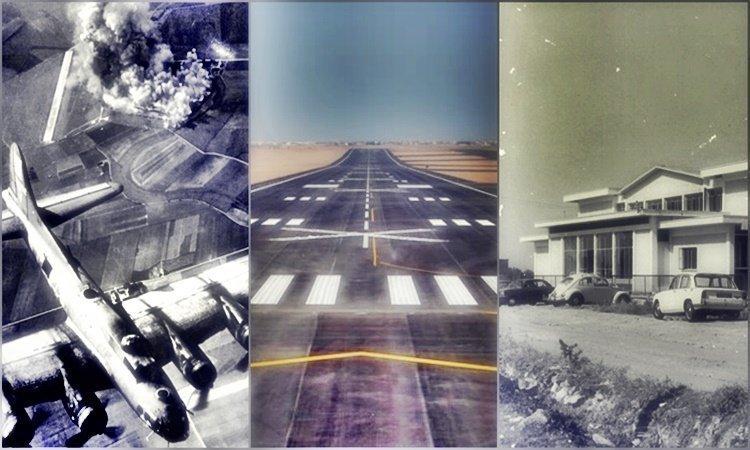
Why was Limassol Airport closed?
Construction gradually began in this area in the 1960s. This is when the administrative districts of Agios Spyridonas and Omonia were created. Even after houses were built here, the decision was made not to dismantle the runway because it would have been too expensive. The new owners of the demarcated plots were given parts of the runway, along with high-quality asphalt pavement without any clear purpose. In 1969, Primary School No. 13 was built here and was called "the school at the old airfield" for a long time.
The only surviving building from the old airfield is the substation opposite the Church of St. Spyridon. Until the early 2000s, local residents called the area where the airport was located “Aerodromio.”
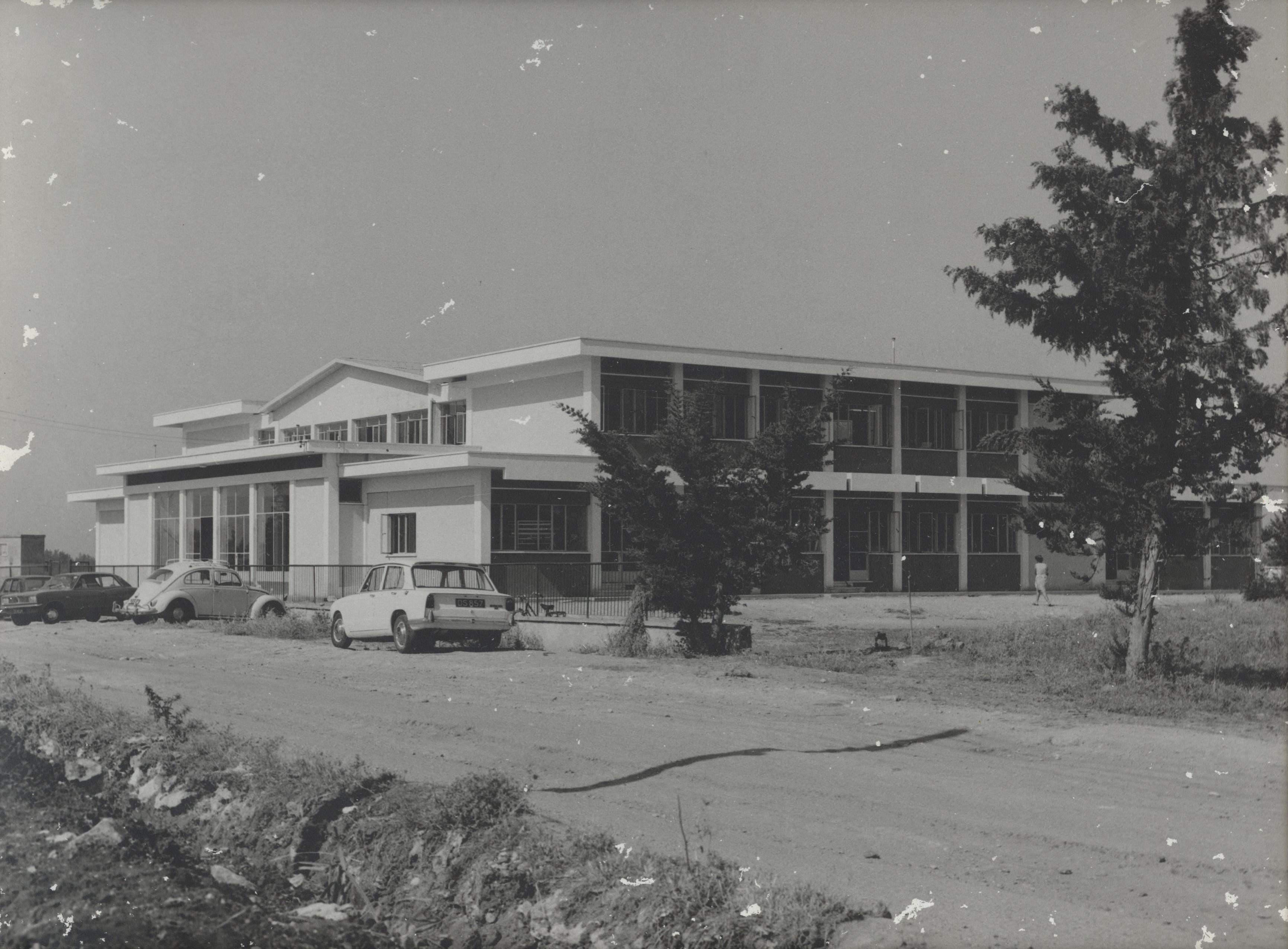
Could Limassol have gotten its own international airport?
Imagine if the need for the Limassol airfield had not disappeared. It would have been preserved and continued to function. In that case, Limassol would have had a good chance of getting its own airport after 1974. Larnaca International Airport was built on the site of a former British military airfield after the Republic of Cyprus lost control of Nicosia International Airport.
Due to a lack of financial and technical resources, the Cypriot government chose a former British airfield near Larnaca instead. The airport began accepting aircraft in 1975. Initially, the runway was a road connecting Larnaca and Limassol. The first flights were operated by Cyprus Airways, a domestic airline, on leased Viscount 800 aircraft.
Now, let's imagine that, after the events of 1974, the government had decided to develop the Limassol airfield. How would life on the island have changed? In this scenario, it is safe to say that Larnaca would not have gained the leverage for development that its role as the country's air gateway has given it. Without an airport, the city would have remained in the background, less attractive to tourists and with more modest hotels and commercial infrastructure. It would have probably retained its traditional, provincial character with an emphasis on fishing and small businesses.
Therefore, we should rejoice for Larnaca, which has become the country's air gateway. Limassol has not been neglected; however, without its airport, the imbalance in its development compared to other cities would be much greater today.
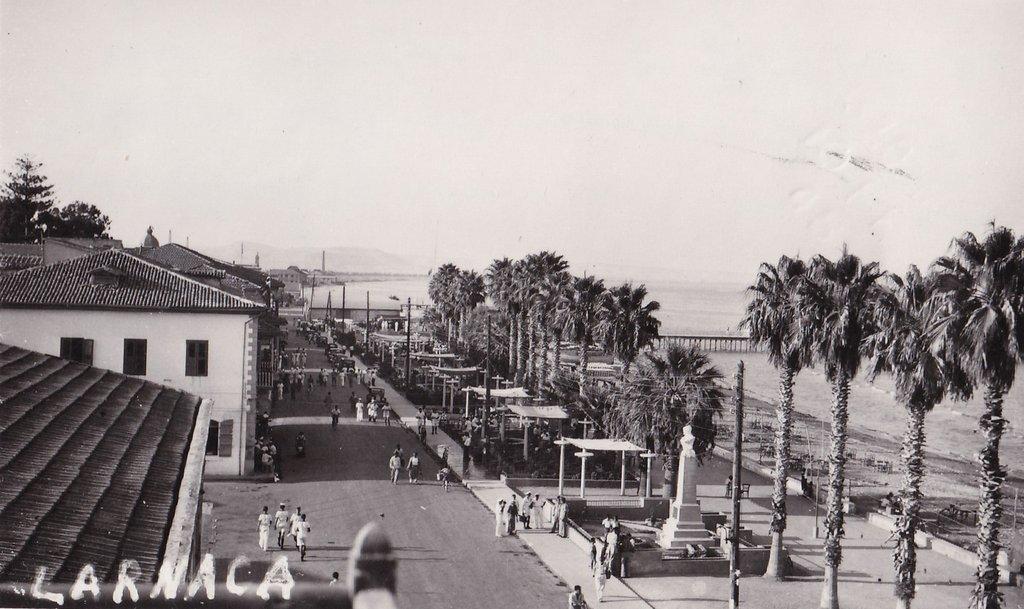
Read also:


